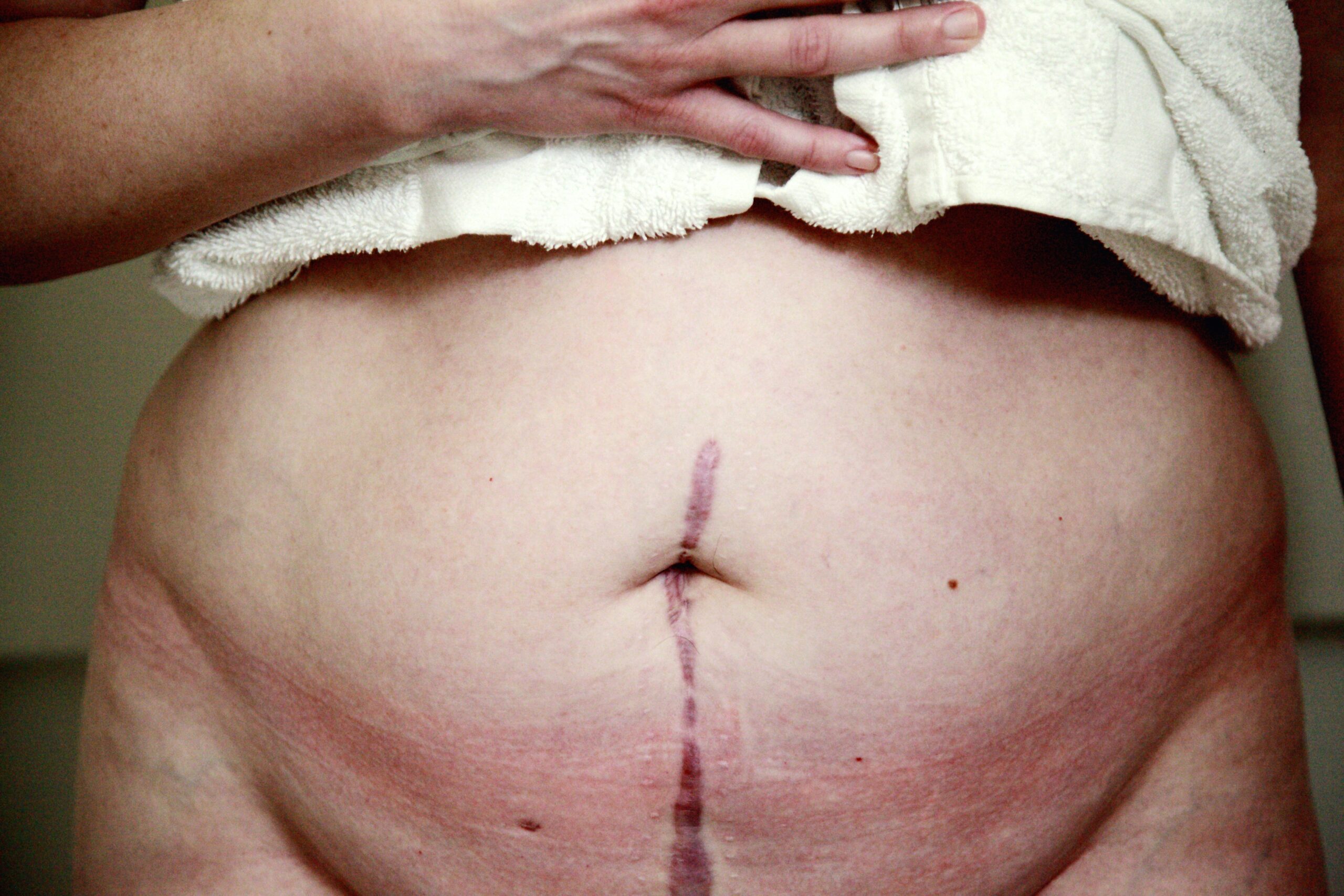Innovations in Injury Prevention for Athletes

Innovations in Injury Prevention for Athletes
Introduction
In the dynamic world of sports, injury prevention plays a crucial role in enhancing athletes’ performance and longevity. Innovations in this field have evolved significantly, leveraging technology, advanced research, and practical applications to mitigate risks and optimize athletes’ health. This article explores various cutting-edge strategies and technologies that contribute to injury prevention in sports.
Advanced Training Techniques
Athletes and coaches are increasingly adopting sophisticated training methodologies that focus not only on performance enhancement but also on injury prevention. These techniques include:
- Biomechanical Analysis: Using motion capture technology to analyze athletes’ movements and identify potential injury risks.
- Functional Movement Screening (FMS): Assessing athletes’ movement patterns to detect imbalances or weaknesses that could lead to injuries.
- Proprioceptive Training: Improving athletes’ proprioception and neuromuscular control to enhance joint stability and prevent injuries.
Technological Innovations
Technology has revolutionized injury prevention in sports, offering real-time data and personalized insights:
- Wearable Sensors: Devices that monitor biomechanics, load distribution, and fatigue levels to prevent overuse injuries.
- Virtual Reality (VR) Training: Simulating game scenarios to improve decision-making skills and reduce the risk of injuries during actual competitions.
- Telemedicine: Providing remote access to sports medicine specialists for immediate injury assessment and management.
Equipment and Gear Advancements
Innovative sports equipment and gear contribute significantly to injury prevention:
- High-Performance Footwear: Shoes designed to enhance stability, cushioning, and support specific to different sports and athlete biomechanics.
- Protective Gear: Advanced materials and designs for helmets, pads, and braces that minimize impact forces and reduce the likelihood of severe injuries.
Nutritional and Recovery Strategies
Optimizing nutrition and recovery practices is essential for injury prevention and overall athletic performance:
- Nutritional Counseling: Tailored dietary plans to support muscle recovery, reduce inflammation, and promote optimal health.
- Sleep Monitoring: Using wearable devices to track sleep patterns and ensure athletes get adequate rest for recovery and injury prevention.
- Cryotherapy and Recovery Centers: Utilizing cold therapy and recovery technologies to accelerate muscle repair and reduce injury recovery time.
Case Studies and Success Stories
Several athletes and sports teams have successfully implemented these innovations:
“The use of wearable sensors helped our team identify movement patterns that predisposed athletes to injuries. Adjusting training routines based on this data significantly reduced our injury rates.” – Coach John Smith, XYZ Sports Team
Conclusion
In conclusion, innovations in injury prevention for athletes continue to evolve, driven by technological advancements and scientific research. By integrating advanced training techniques, leveraging technology, enhancing equipment and gear, and optimizing nutritional and recovery strategies, athletes can minimize injury risks and maximize their potential in sports. These innovations not only improve athletic performance but also contribute to the overall well-being and longevity of athletes in competitive sports.
By staying at the forefront of these advancements, athletes, coaches, and sports medicine professionals can work together to create a safer and more successful environment for athletes worldwide.






